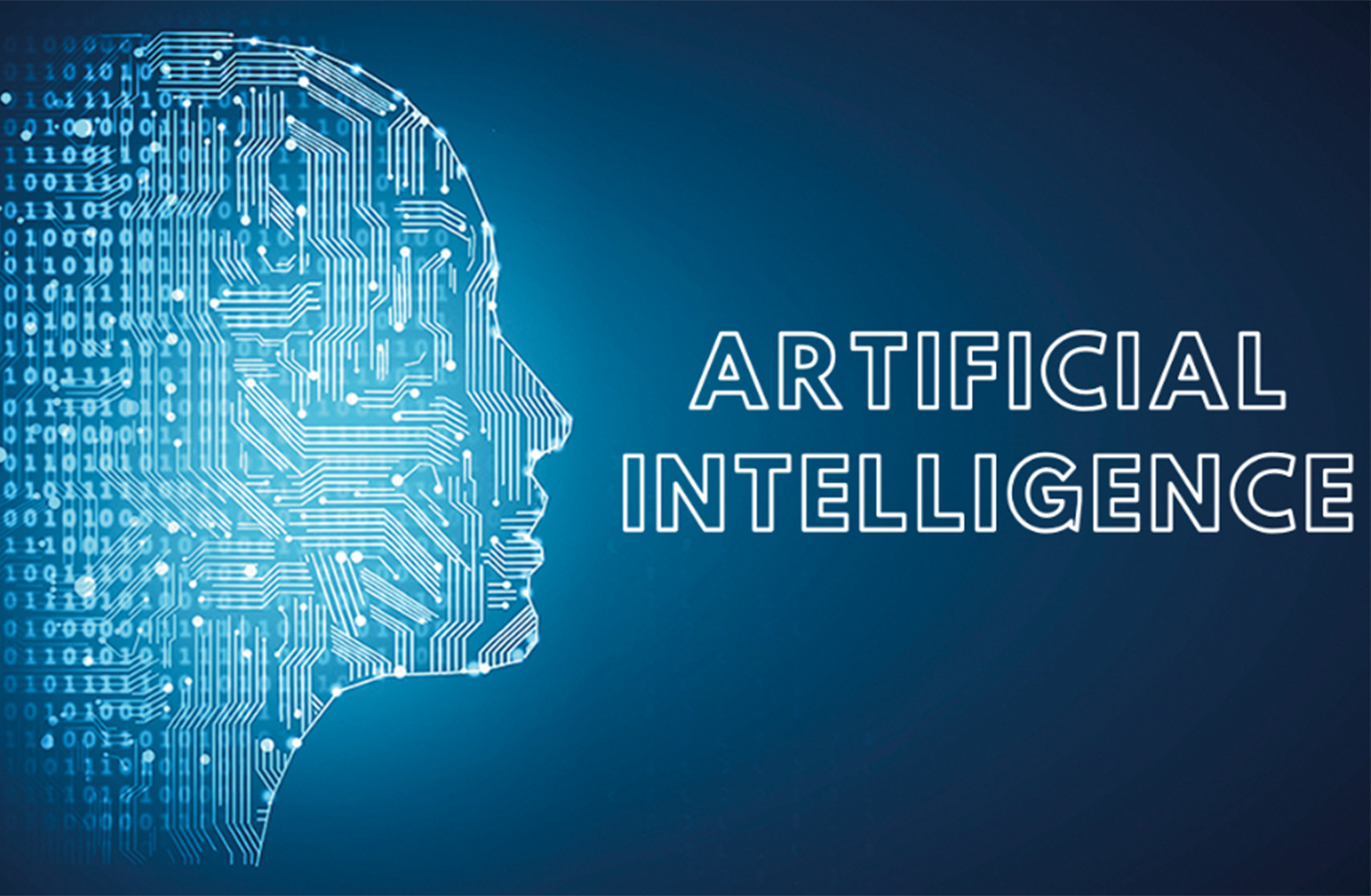
In today's dynamic technological landscape, Artificial Intelligence (AI) transcends theoretical discussions to offer concrete, practical applications. Understanding the core methodologies is crucial for strategic deployment. Here, we outline key approaches that Boomsoftnomi leverages to drive tangible operational improvements for businesses.
When assessing AI solutions for your enterprise, consider these critical factors to ensure alignment with your strategic objectives:
Machine Learning for Predictive Analytics is inherently data-intensive, requiring large volumes of clean, historical data for effective model training. The complexity lies in meticulous data preparation, feature engineering, and selecting appropriate algorithms. Significant technical expertise and computational resources are essential for robust implementation and sustained performance.
This approach offers strong scalability when dealing with increased data, though adapting to entirely new prediction objectives often demands substantial model re-engineering. Its operational impact is profound, providing actionable insights for strategic planning, optimizing resource allocation, and proactive risk mitigation across various business functions.
Natural Language Processing (NLP) for Automation relies on specific textual data relevant to its function, directly impacting its ability to understand and generate language accurately. Implementation complexity ranges from straightforward API integrations to custom model development requiring deep linguistic and AI expertise, with varying resource demands.
NLP solutions are highly scalable for repetitive text-based tasks, easily supporting increased communication volumes. Their operational impact includes significant automation of communication workflows, reducing manual effort in data extraction and improving response times, leading to enhanced customer service and overall operational efficiency.
Computer Vision for Quality Control is critically dependent on extensive, well-annotated image or video data. Data collection and labeling are often labor-intensive but vital for model accuracy. Implementation requires specialized hardware and software expertise, with real-time processing adding to the computational resource demands and infrastructure needs. 
CV systems scale effectively across multiple monitoring points, provided adequate infrastructure. Their operational impact is transformative, enabling unparalleled precision in quality assurance, reducing human error, and facilitating proactive maintenance. This leads to higher product standards and improved operational reliability in visual inspection tasks.
For organizations with abundant historical data seeking to foresee future trends and optimize resource allocation, Machine Learning for Predictive Analytics is paramount. It empowers strategic decision-making by identifying patterns and predicting outcomes, making it ideal for forecasting demand, managing inventory, or proactive risk identification. This method thrives where data-driven foresight offers a clear advantage.
Businesses aiming to streamline communication and process unstructured text should prioritize Natural Language Processing (NLP). It excels in automating customer support interactions, summarizing documents, and enhancing internal knowledge management. NLP applications significantly reduce manual workload, improving efficiency and ensuring consistent information delivery across various touchpoints, boosting operational responsiveness.
Industries where visual inspection and quality control are critical will find Computer Vision invaluable. From detecting manufacturing defects to monitoring security or safety compliance, CV ensures high standards and operational integrity. Its ability to analyze visual information rapidly and accurately makes it a cornerstone for maintaining product excellence and reducing human error in complex environments.
Ultimately, the most effective AI approach hinges on your specific operational challenges, available data assets, and technical capabilities. A holistic assessment of these factors will guide the optimal implementation. Boomsoftnomi helps clients navigate these choices, delivering solutions that integrate seamlessly and provide tangible operational enhancements aligned with their strategic objectives.
Comments